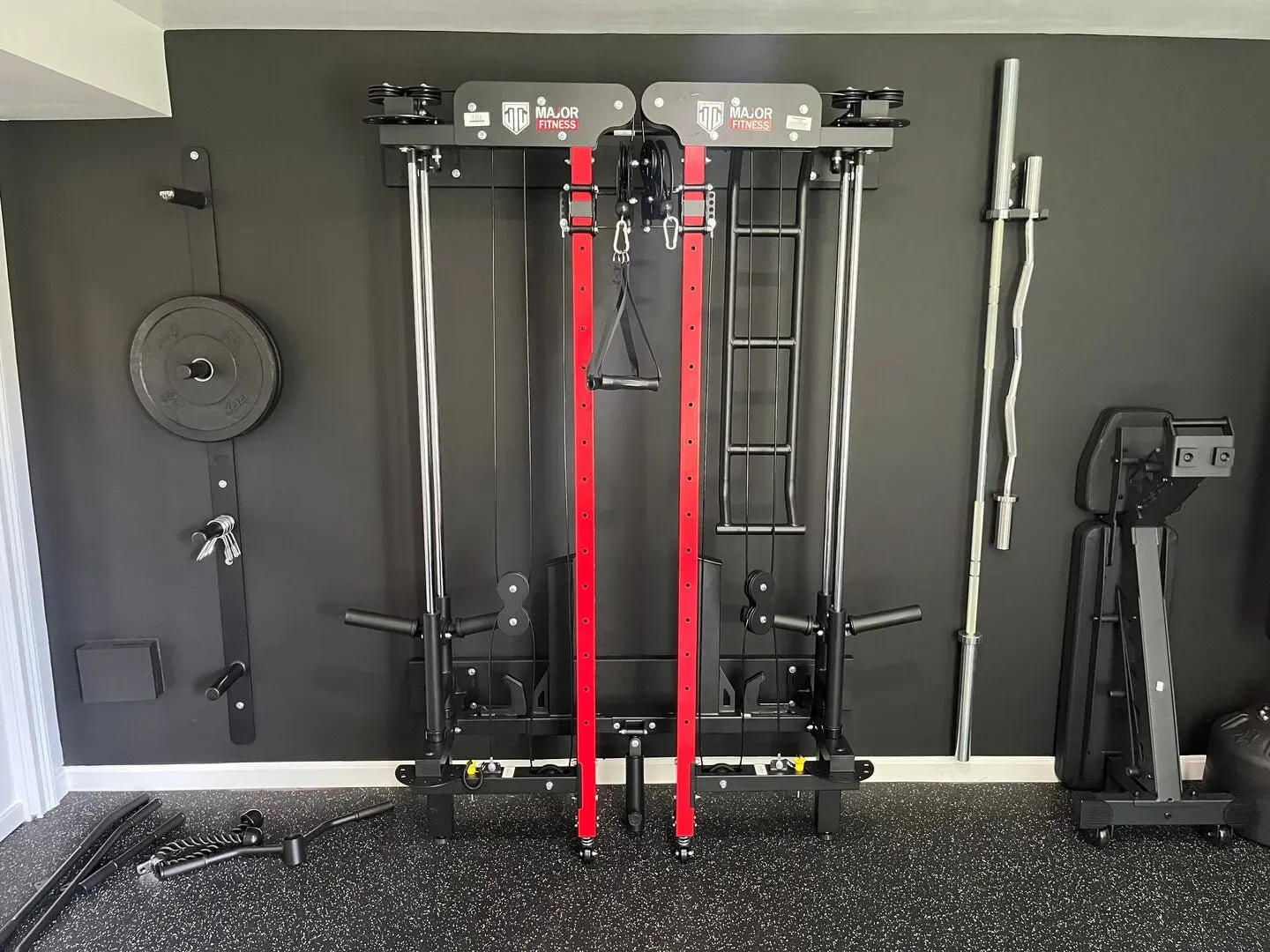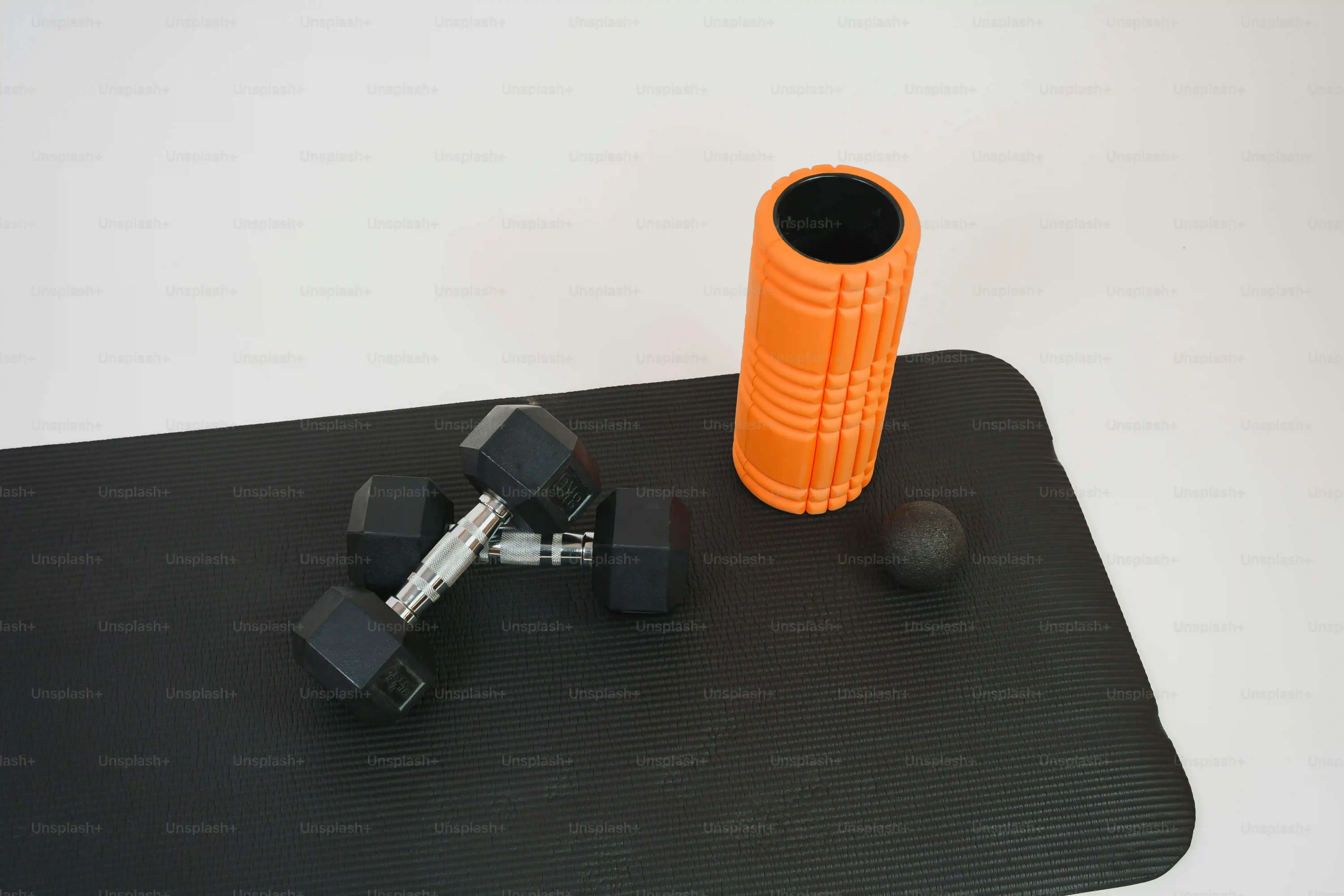Table of Contents
Let's be honest. Cramming a serious workout into a shoebox-sized apartment feels like a cruel joke sometimes. You want to ditch the crowded gym, the questionable smells, and the commute, but where do you even put a barbell, let alone a treadmill? Most folks think building an effective home gym requires a dedicated room or at least a garage. That's usually not the reality for urban dwellers or anyone simply short on square footage.
Why Your Small Space Needs Smart Fitness Solutions
Why Your Small Space Needs Smart Fitness Solutions
Look, living in a cozy spot is great until you try to do a burpee without hitting your head on the ceiling fan or knocking over your grandma's porcelain collection. Traditional gyms feel like a necessary evil, but who wants to trek through traffic just to wait for a sweaty bench press? This is exactly why thinking smart about your fitness setup is non-negotiable when space is tight. You don't need a mansion to stay fit; you just need to be strategic. Finding the right at home gym equipment for small spaces isn't just about saving room, it's about making fitness convenient enough that you actually do it. Nobody's got time for gear that's a pain to use or store.
Finding the Right At Home Gym Equipment for Small Spaces
Finding the Right At Home Gym Equipment for Small Spaces
Start by Sizing Up Your Space and Goals
before you drop a paycheck on the latest trendy gadget, let's get real about your square footage and what you actually want to *do*. Trying to fit a full squat rack into a closet won't work, no matter how motivated you are. Grab a tape measure. Seriously. Figure out the usable space you have, considering ceiling height and swing room for movements. Are you aiming for strength, cardio, flexibility, or a mix? Knowing this dictates the type of at home gym equipment for small spaces that makes sense. A powerlifter in a studio apartment needs different gear than a yoga enthusiast or a runner.
Prioritize Versatility and Portability
When every inch counts, your equipment needs to pull double or triple duty. Think adjustable weights instead of a full rack of dumbbells, or a piece of cardio equipment that folds up. Portability is huge too. Can you easily move it out of the way when you're done sweating? Gear that tucks under a bed, leans against a wall, or disassembles quickly is your best friend. Don't just buy something because it looks cool; ask yourself if it truly earns its spot in your limited real estate. Smart choices here prevent your living room from becoming an unusable obstacle course.
Here are some questions to ask yourself when choosing gear:
- How much floor space can I realistically dedicate?
- What are my top 1-2 fitness priorities (strength, cardio, mobility)?
- Does the equipment need to be easily stored or moved?
- What's my actual budget?
- Will this piece of equipment allow me to progress over time?
Top Compact Gear: Strength and Cardio for Tight Spots
Smart Strength Solutions That Don't Eat Your Apartment
Alright, let's talk muscle without sacrificing your deposit. You don't need a power rack that looks like it belongs in a commercial gym. For strength training in limited square footage, versatility is your overlord. Think adjustable dumbbells. These things are game-changers. Instead of 15 sets of dumbbells cluttering your floor, one pair does the trick, adjusting from light warm-up weights to something hefty enough for serious lifts. Same goes for adjustable kettlebells. Resistance bands are another no-brainer; they take up zero space and offer surprising resistance for a full-body workout. Wall-mounted pull-up bars that fold down are also slick, giving you vertical training without a permanent structure. A sturdy, adjustable bench that folds flat or stores upright is also key for expanding your exercise repertoire without needing acres of floor space.
Cardio Options That Won't Trip You Up
Cardio often feels like the biggest challenge for small spaces. Treadmills and ellipticals are notorious room hogs. But there are viable options for at home gym equipment for small spaces that get your heart rate up without requiring a dedicated room. Folding treadmills, like the WalkingPad style, are designed specifically to tuck away under furniture. Rowing machines, particularly those that can be stored vertically, offer a full-body workout and a relatively small footprint when not in use. Spin bikes with a compact design can also work, and many now have integrated screens or tablet holders for guided workouts, making them more engaging. Jump ropes, while low-tech, are the ultimate space-saving cardio tool – just make sure your ceiling is high enough and maybe warn the downstairs neighbors.
Here's a quick look at some space-friendly equipment types:
- Adjustable Dumbbells/Kettlebells
- Resistance Bands
- Folding Treadmills
- Vertical Storage Rowing Machines
- Compact Spin Bikes
- Wall-Mounted Pull-Up Bars (Folding)
- Suspension Trainers (like TRX)
Setting Up Your At Home Gym in a Small Space
Setting Up Your At Home Gym in a Small Space
Pick Your Spot Wisely
you've got your shiny new adjustable dumbbells and that rower that somehow folds up. Now, where does it all go? You can't just plop this stuff down anywhere. Look around your place. Is there an unused corner? Maybe a section of the living room you can commandeer temporarily? The key is finding a dedicated spot, even if it's small. This mental boundary helps you get into workout mode and keeps your gear from creeping into every available inch. Think about the floor surface – is it hard enough for weights, or do you need a mat? Consider ventilation and maybe being near a window. Nobody wants to sweat in a stuffy closet, no matter how compact the at home gym equipment for small spaces is.
Think Up, Not Just Out
When space is tight, vertical is your friend. Walls are often overlooked real estate. Can you mount anything? Shelves for smaller items like resistance bands or jump ropes keep them off the floor. Some adjustable weight systems even have wall-mounted storage options. This clears up precious floor space and makes your setup look less like a hoarders' convention. Safety is paramount too. Make sure everything is stable and won't easily tip over. If you're lifting anything heavy, ensure you have enough clearance and a plan for what happens if you drop it. Your downstairs neighbors probably don't appreciate unexpected craters.
Here are some ways to use vertical space:
- Wall-mounted shelves for accessories
- Vertical storage racks for weight plates or bars
- Folding pull-up bars
- Hanging storage for resistance bands or jump ropes
- Utilizing closet space for gear when not in use
Making Every Square Foot Sweat
So, there you have it. Building a solid home gym when you're short on space isn't some fitness fantasy; it's entirely doable with the right mindset and, crucially, the right gear. We've covered options that pack a punch without demanding a palace. From adjustable dumbbells that vanish into a corner to rowers that stand up when not in use, the market actually offers solutions if you look past the behemoth machines. It comes down to prioritizing your training needs, measuring your available real estate like a seasoned architect, and investing in pieces that offer maximum utility in minimal dimensions. Stop making excuses about the lack of room and start making gains in the space you actually have. Your living room is now your locker room; act like it.